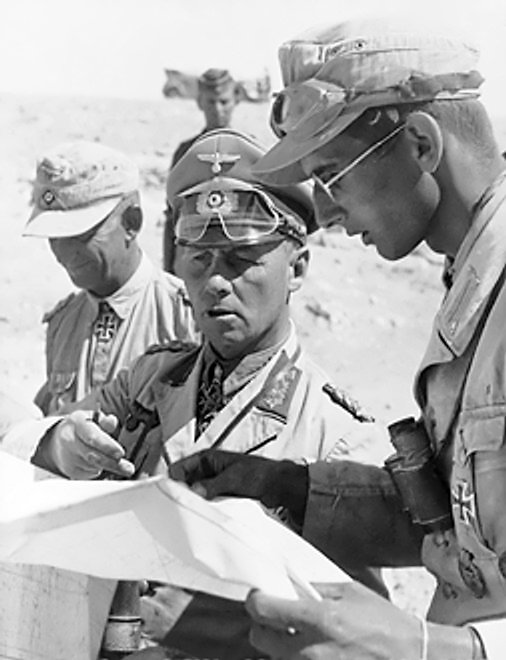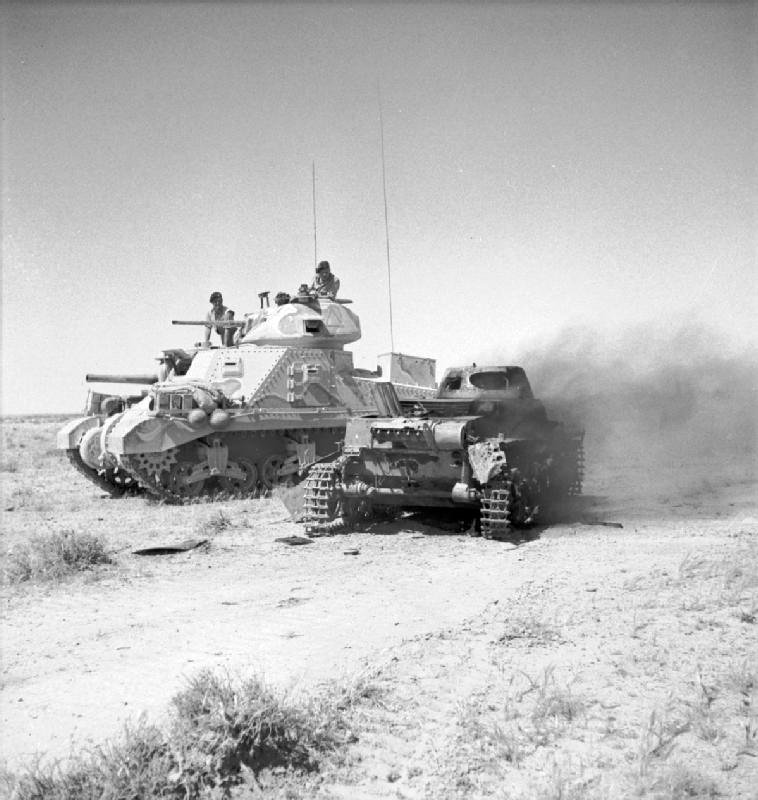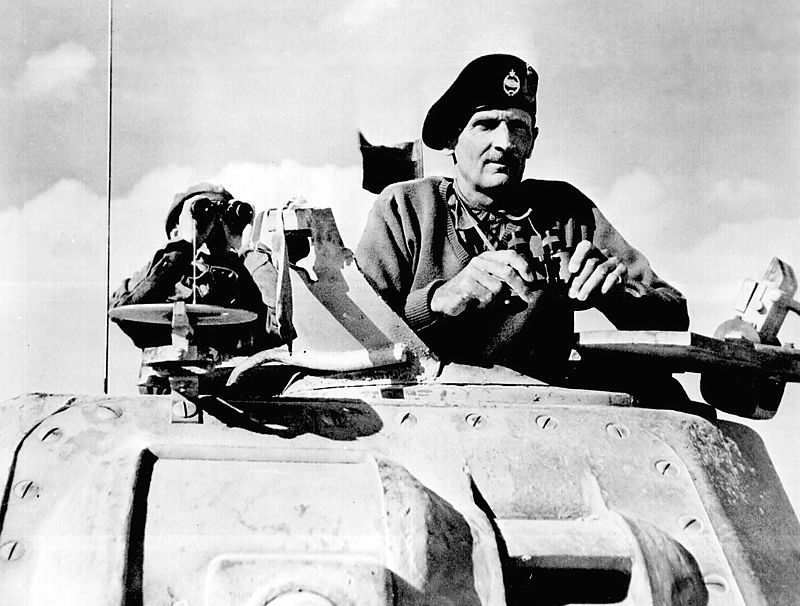Civil War Echoes: The Desert War I
75 years ago today, the German high command decided to send a contingent of German troops to North Africa to bolster Italian forces that had suffered a series of defeats at  the hands of the British. This contingent fell under the command of General Erwin Rommel, and was known as the Afrika Korps; later reinforcements grew Rommel’s forces into Panzerarmee Afrika, which became one of the most famous formations of World War II. Rommel earned the nickname the “Desert Fox” in two years of back and forth battles across Libya and Egypt that are collectively known as the Desert War.
the hands of the British. This contingent fell under the command of General Erwin Rommel, and was known as the Afrika Korps; later reinforcements grew Rommel’s forces into Panzerarmee Afrika, which became one of the most famous formations of World War II. Rommel earned the nickname the “Desert Fox” in two years of back and forth battles across Libya and Egypt that are collectively known as the Desert War.
The Desert War contains echoes of the Civil War.
The Civil War echoes in the desert in two major ways. First, the German high command had studied the battles of the Army of the Potomac and Army of Northern Virginia in the 1930s, and passed along their lessons in mobile warfare among the senior officers. Rommel had read those studies, and put their lessons to use. His operations against more numerous British forces used flank attacks and mobility reminiscent of Stonewall Jackson’s Foot Cavalry and the Army of Northern Virginia under Robert E. Lee.
(While Rommel definitely studied the Civil War, there is a persistent myth that he also toured the Virginia battlefields in the 1930s. Instead, German officers from the attaché’s office in the Washington embassy visited the battlefields and then wrote up detailed reports and lessons for the General Staff and the German Army’s schools. Rommel taught in various Army schools from 1934 to 1938, and would have reviewed these studies at that time.)
The second major Civil War echo is in the names of the British tanks that faced Rommel. Starting in November 1941, the United States provided increasing numbers of light and medium tanks to the British Eighth Army in North Africa. Officially these were known to the U.S. Army by their designations: M3 Light, M3 Medium, M4. The British assigned nicknames – significantly, reaching back to Civil War generals. The M3 Light became the Stuart (informally “Honey”), the M3 Medium was the Lee, while modified versions became Grant; and the M4 was the Sherman. These names stuck, and later in the war the U.S. Army officially adopted them.
Stuarts first fought Rommel during the fall of 1941 in Operation Crusader with mixed results. The Grant/Lee appearance at Gazala in May and June of 1942 jarred the Germans because of their superiority in gunpower and range. Shermans were the main armored spearhead of Eighth Army at El Alamein and on the march to Tunisia.
Top: British Shermans advance in the desert in late 1942.
Bottom Left: Rommel (center) with staff, summer 1942.
Bottom Right: A British Grant tank passes a knocked-out German Panzer I during the Battles for Gazala.
Far Bottom: General Bernard Law Montgomery directs the battle of El Alamein from a Grant tank, October 1942. Montgomery’s command tank is today in the Imperial War Museum in London.



Regarding the tanks, it’s interesting that only the Sherman was well-regarded (primarily as an acceptable weapon with adequate fire power which could be produced in massive quantities and was easy to repair). The Stuart was notorious. I’ve always liked the statement by one tanker that its high profile made it look like “a damned cathedral coming down the road”.
Plus, it did not exactly have a big gun …
The connection though tank names is interesting, but Rommel’s predisposition for mobility and indirect approaches is evident from his WWI service in Italy and Rumania: He led infantry formations in highly successful assaults on both fronts, utilizing highly innovative tactics. Between the wars, he wrote ‘Gefechts-Aufgaben für Zug und Kompanie : Ein Handbuch für den Offizierunterricht’ (Combat tasks for platoon and company: A manual for the officer instruction in infantry training), pub. 1934, and ‘Infanterie Greift An’ (Infantry Attacks), a description of his wartime experiences along with his analysis, pub. 1937. He could have reviewed Civil War articles, but I think he wrote with his own experience in mind more than the campaigns of our Civil War.
I’ll grant you that the Civil War was not Rommel’s only influence and you’re right that his published books focused on his WWI experiences. (As a side note, Infantry Attacks is one of the finest memoirs of an infantry officer I’ve ever read.) The attaches visited the Virginia battlefields in 1937-38, and Rommel would have read their reports after the books were written. For more information, see Beck’s “The Ambivalent Attache.”